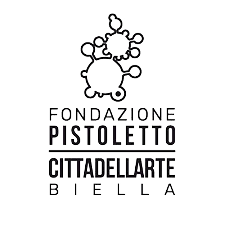
via del Monte 8, Bologna (Italy)
t +39 051 236760
info@palazzoboncompagni.it
Palazzo Boncompagni is social
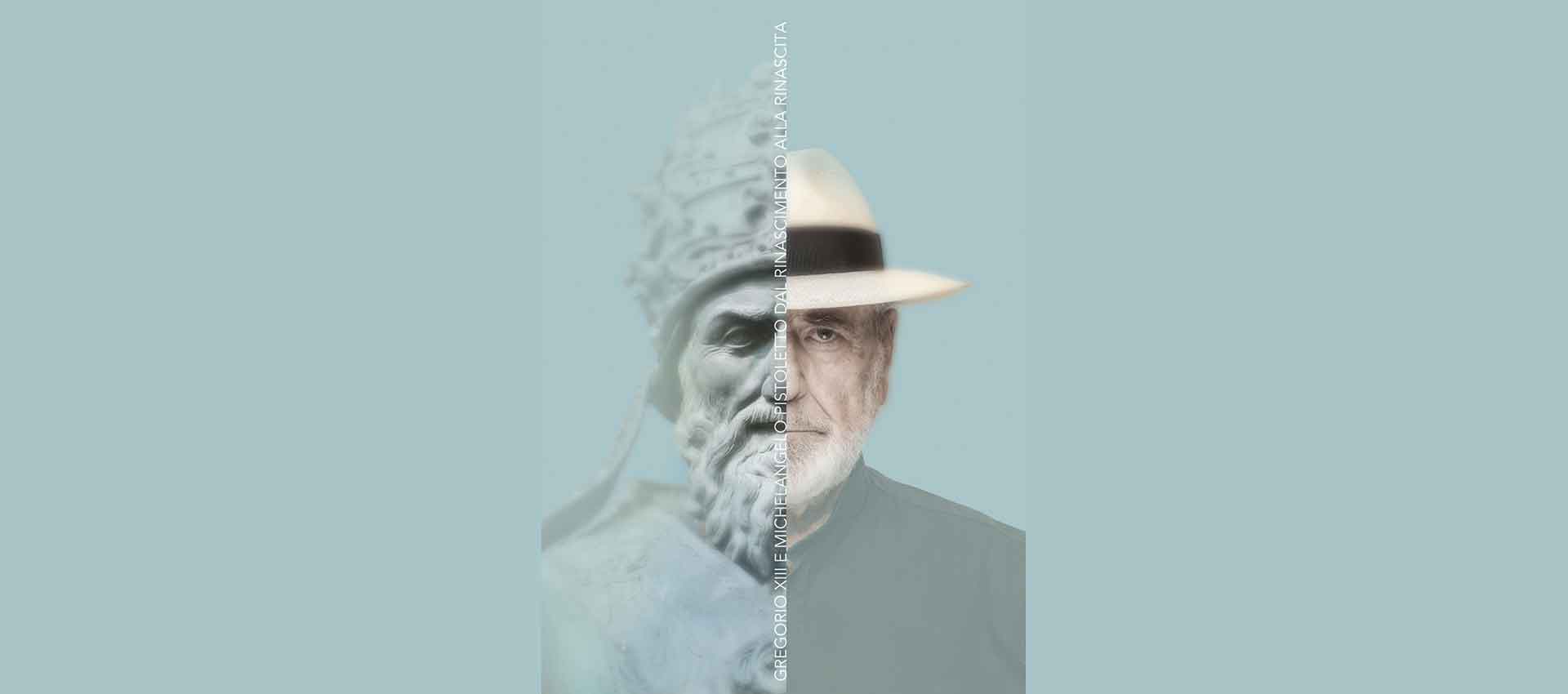
May 7th – September 18th 2021
At Palazzo Boncompagni, discover the extraordinary encounter between two men who, at different times and in different guises, faced, reflected and practiced some of the key themes of humanity: Pope Gregory XIII, a great innovator, and Michelangelo Pistoletto, one of the greatest contemporary artists.
Thus it happens that the five centuries that separate them disappear in front of Pistoletto’s works, which are in close dialogue with the frescoes and rooms of a place that was a meeting point and a forge of ideas, solutions and resolutions.
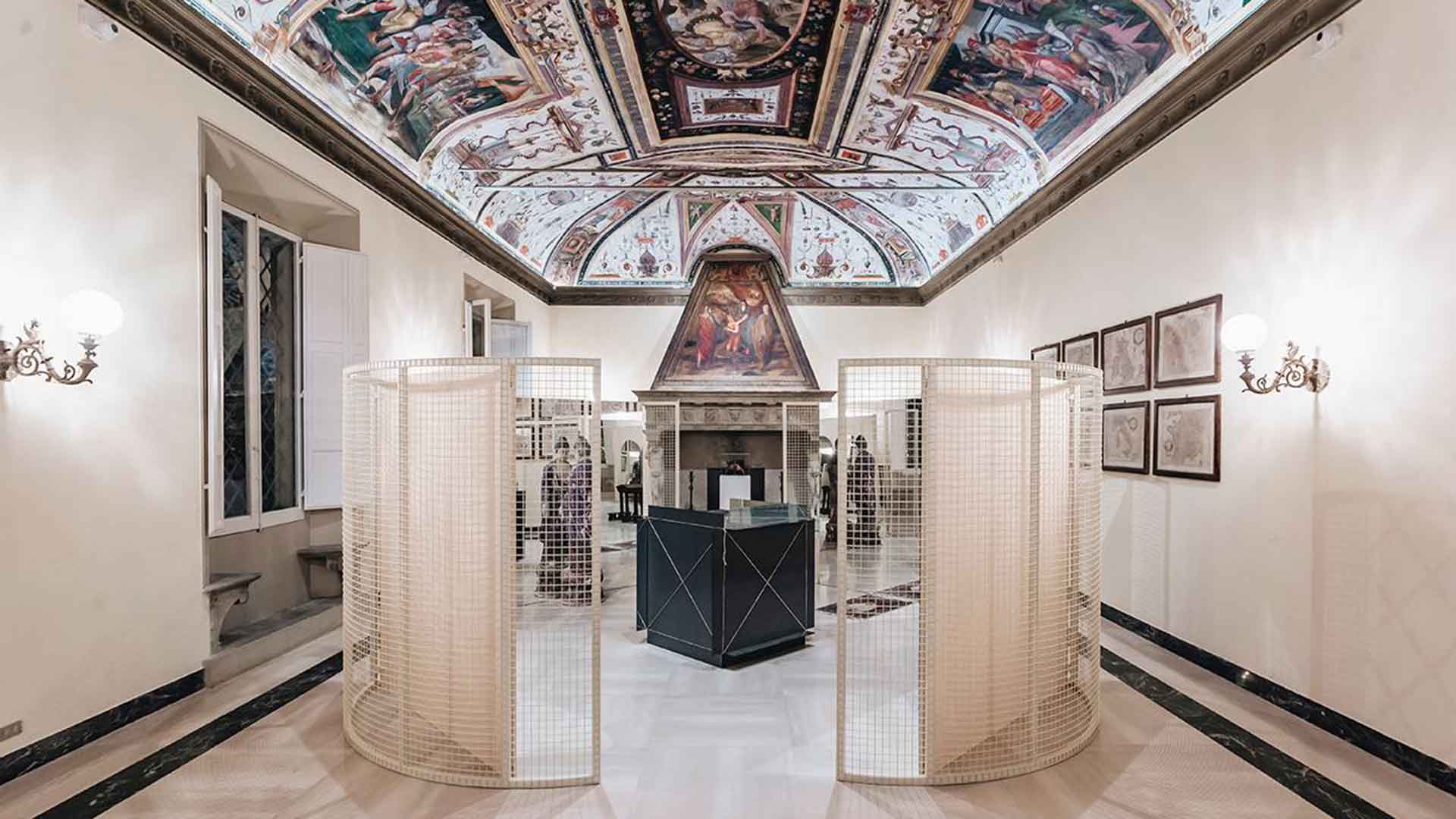
Gregory XIII was a Pope who, in addition to Heaven, looked to Earth. He became Pope at 72 and before that he was a man of law. He was a naturalist, a defender of nature and supporter of Ulisse Aldrovandi, his cousin in law. Aldrovandi was a naturalist, botanist, entomologist, creator of one of the first natural history museums, scholar of the diversity of the living world and an explorer, who, in the last decades of the 1500s and up to the first of the 1600s, established himself as one of the greatest figures of science, as well as a guide and reference for contemporary Italian naturalists.
To solve the problem of the calendar that bears his name, Pope Gregory called together jurists, theologians and mathematicians, and he never stopped studying or dealing with men of science; confirming himself as the “Pope of change”.
From the very beginning of his work, Michelangelo Pistoletto embraced the term: change. His artistic journey tells of an artist who, instead of remaining in the solitude of his studio, has chosen to go out and meet the world, to blend in with it, understand, divide and absorb its dramas, pains, fractures and inconsistencies. Through art and with art, Pistoletto works to find solutions and overcome obstacles.
Because everything is born from art, even science and religion, we have to imagine – and we like to think – that Pope Gregory XIII, a man of the church, almost believed it, thus showing himself to be contemporary. And it is art that crosses and illuminates the darkness of the unknown, bringing to light all that human thought can achieve over time.
For me it was very important that the work could not be touched, not even broken with the eye, to maintain total intangibility. But at the same time giving the mind a chance to chase infinity as far as it can chase in specular multiplication.
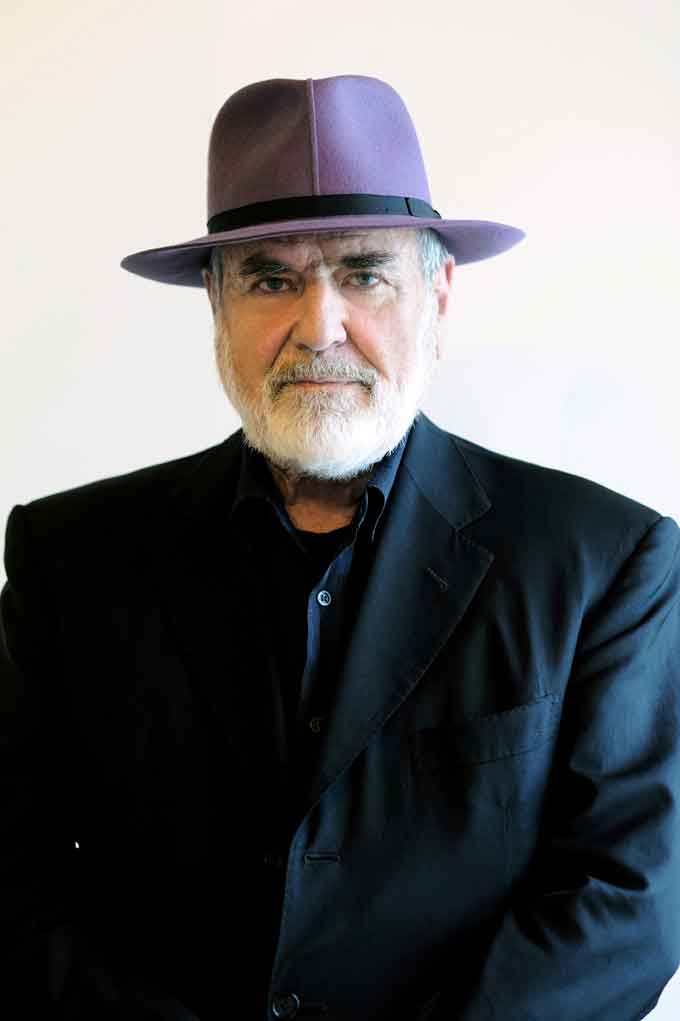
The 10 Pistoletto installations on display are not “set up” in the large papal audience hall, the three adjoining rooms or in the gallery, but they inhabit these spaces, conversing and reflecting themselves in one another and in the thoughts of those who created them.
The theme they propose – first of all the relationship between power, religions and society – is closely related to the architecture and decorations of the Palazzo. In the center of the great hall of the Pope, frescoed with the stories of the young David and precious grotesques decorating the ceiling with intertwining fauna and flora, is the installation “A Cubic Meter of Infinity”, a polyhedron consisting of six mirrors linked together with string. The mirrors are turned towards the inside of the cube and are therefore not visible to the spectator, which, to quote the artist himself, represents “the idea of all the infinite possibilities that exist in internal reflection, from one to infinity.”
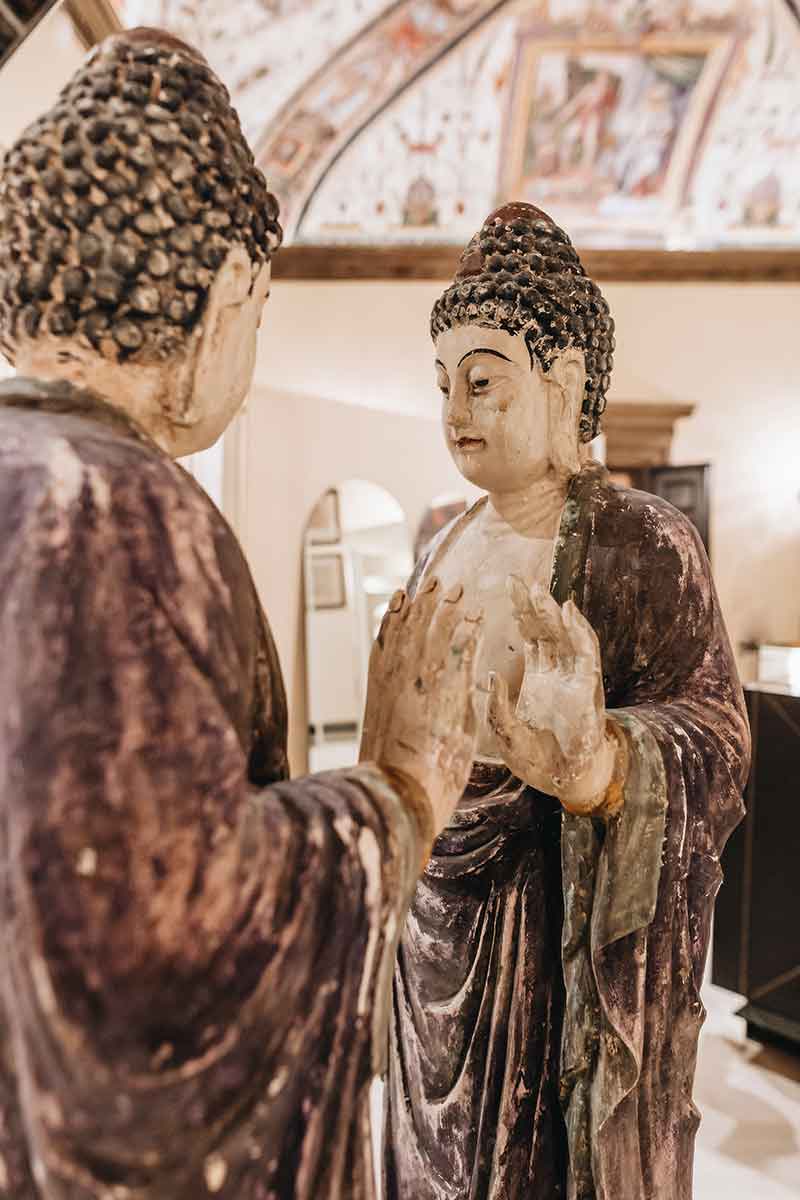
The work is surrounded by the large installation “The Time of Judgment” which brings together, in a sort of hortus conclusus, references to the four most widespread monotheistic religions – Christianity, Buddhism, Islam and Judaism – each reflected on a larger mirror, recalling not only man’s relationship with religious spirituality, but also the need for religions to reflect on their being in society, between differences and multiculturalism.
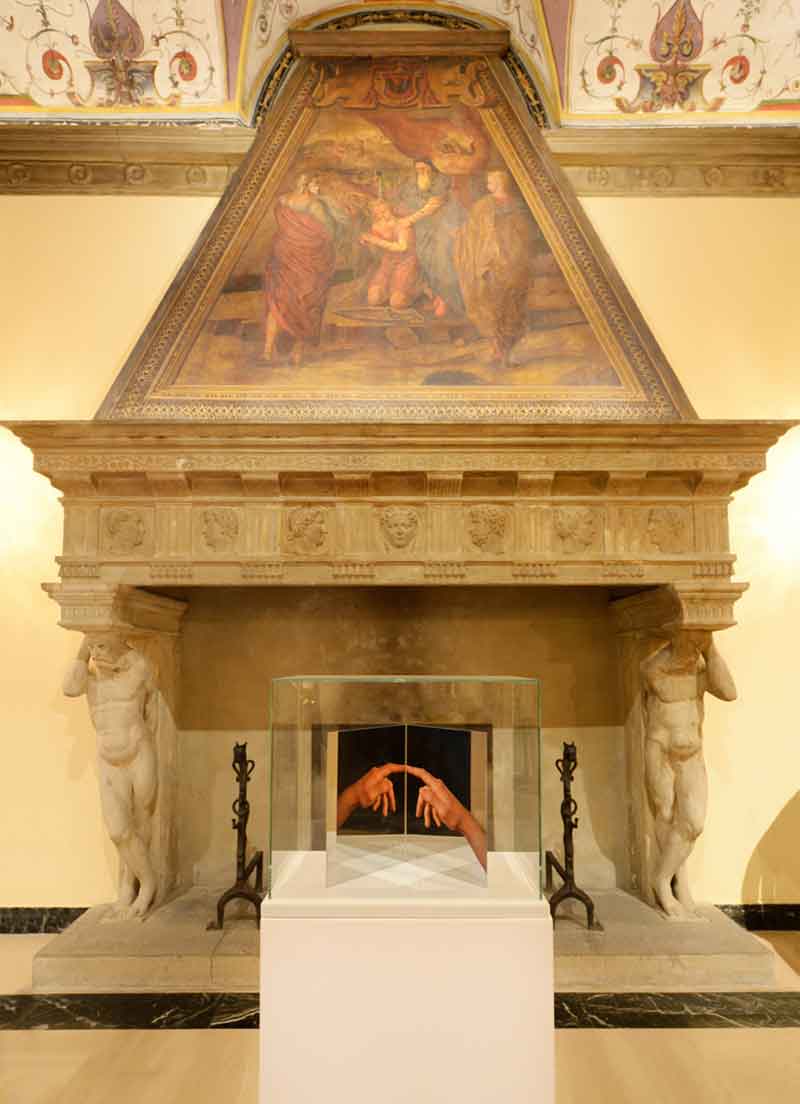
And then in front of the monumental ConTatto fireplace: two mirrored surfaces composed at an angle reflect two fingers that meet, a reference to the creation of Michelangelo’s man in the Sistine Chapel. But if here the subject is the creation of man, a sign of the similarity that God willed between himself and his creature, man; in Pistoletto’s work it is human creation. A finger is reflected in human, not divine, space and generates another finger, identical but still different, and together they produce a third existence: the work.
The exhibition proposes a sort of “fil rouge” of Michelangelo Pistoletto’s art, from the mirror surfaces of the 1960s – virtual limen between representation and reality, between physical and immaterial, between nature and culture – which speak of participation, inclusion and the Terzo Paradiso (Third Paradise) protagonist of Pistoletto’s artistic work of recent decades. The Terzo Paradiso is housed in the large entrance gallery of Palazzo Boncompagni – where there is also a “well” – and on which the artist based his complex philosophical-social conception on the theme of reconciliation between bipolar extremes – nature / culture, me / you, natural / artificial. These extremes become practicable in the third central circle which is interposed between the two opposing circles, creating a new condition of sustainable life for man and the planet.
